Samsung Galaxy Z Fold 4 vs Z Fold 3: comparison

Intro
The Galaxy Z Fold 4 is the biggest overhaul to Samsung's foldable phone idea since the start. This new phone gets a wider "Cover" screen, so it's much easier to use without unfolding.
The Fold 4 also comes with one of the best Qualcomm. processors in recent years, the Snapdragon 8+ Gen 1, which gives it a welcome boost in performance, and on top of that, it upgrades the camera system with a more capable main camera and a 3X telephoto lens.
But is that enough of a reason to upgrade? Nay-sayers will quickly point out that the battery size and charging speeds remain the same, and the overall experience has not really changed drastically. Let's take a closer look and find out!
Z Fold 4 vs Z Fold 3 in a nutshell:
- New, wider form factor
- Wider and actually usable Cover screen
- More powerful processor on Fold 4
- Better main camera, telephoto lens goes from 2X to 3X
- Same 4,400mAh battery size
- Same 25W charging speeds
- Under display selfie camera is now less distracting
- Same-ish price
- A tiny bit thinner and lighter
- New 1TB option
Table of Contents:
Read more:
Design and Display Quality
A small change in the form factor goes long ways
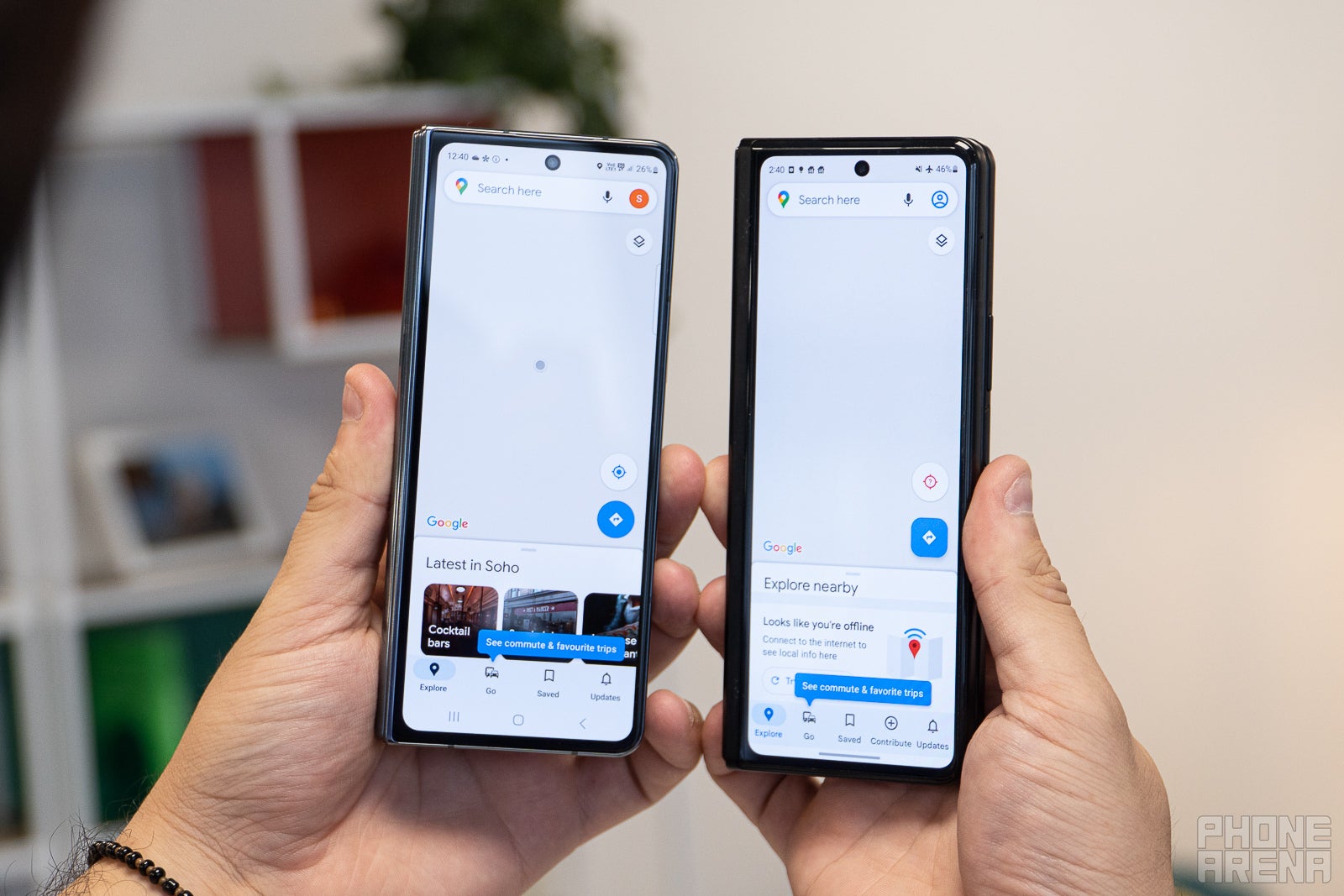
(Image credit - PhoneArena) The wider Cover screen is a big improvement
While the Fold 4 and Fold 3 may look similar from afar, turn on the screen and you will notice the differences.
The Cover Screen is wider, a huge improvement from the narrow screen Samsung used before that made typing super hard, and even apps looked weird on it.
Of course, this change affects the main screen as well: it's still technically a 7.6-inch one, same diagonal measurement as before, but it's more squarish looking and the actual viewing area is bigger because of that. For reading books or browsing the web, this is just perfect, while for watching videos, you will notice a bit more of those black bars around the video, but overall we think this is big improvement from before.
Display Measurements:
The new Fold 4 is also a bit less thick and weighs a bit less. The difference is hardly noticeable unless you actually measure it, but it is a little thing that shows Samsung's commitment to perfecting every little detail which we appreciate.
Other things to note are the IPX8 water resistance rating, the same one as last year. Keep in mind that the Fold 4 and Fold 3 are both water resistant, but not resistant to dust which remains the biggest danger to folding phones, so if you go out in the wild or work in a dusty environment, you should keep that in mind.
Also, the new under display camera! It's still not quite invisible, but it's far less noticeable than before. Image quality also appears to be better, but more on that below.
One inconvenience remains though: it's still almost impossible to unfold the phone with just one hand! You need to use both your hands, and this can be annoying when you need to unfold the device in a hurry.
In terms of biometrics, nothing has changed: you still have the fingerprint scanner embedded in the power button on the side. That worked great on the Fold 3, works great on the Fold 4 as well.
Performance and Software
A stellar performer
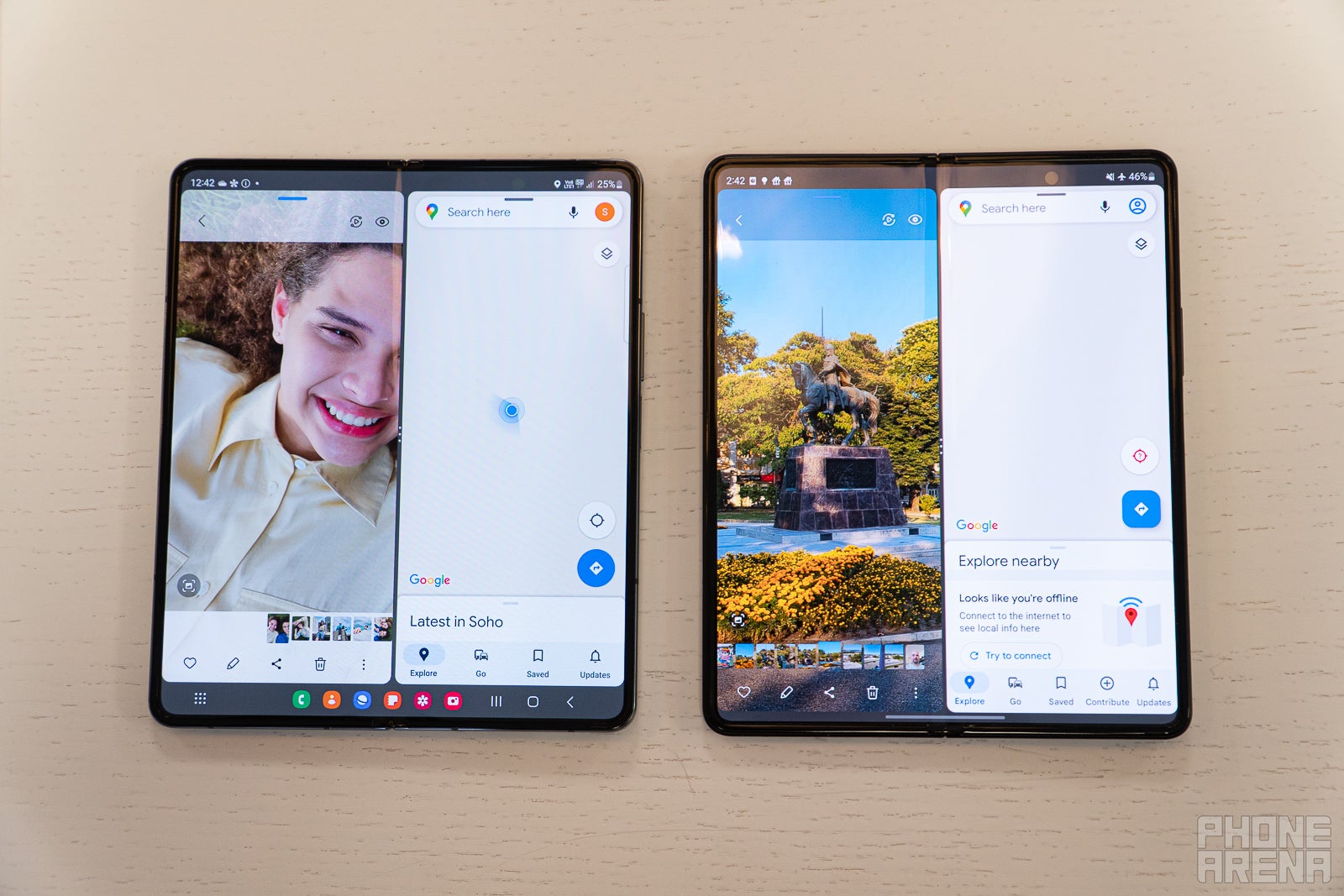
(Image credit - PhoneArena) The faster chip and new taskbar dock make this feel like a multitasking beast
Considering the premium price, we are happy to see that Samsung made zero compromises with the components on the Fold 4.
All buyers, regardless of their country, will get the latest and most powerful Snapdragon 8+ Gen1 processor on the new Fold. This is great news for those who live in the UK and Europe where Samsung S series flagships usually get the less powerful Exynos processor.
Compared to the Fold 3 which runs on the Snapdragon 888 chip, it's not a huge jump in performance but a welcome boost nonetheless.
Performance Benchmarks:
Both the Fold 4 and Fold 3 also come with 12GB of fast LPDDR5 RAM for all models. Even the base model has 256GB UFS 3.1 storage, which is definitely plentiful. The Fold 4 is also available with 512GB and you also have a 1TB model, a first for a Samsung foldable. Neither of the two Folds supports microSD cards, in case you were wondering.
The Z Fold 4 comes with the new Android 12L on board (the L signifies this is a special edition of the Android platform for tablets) and One UI 4.1.1 on top of that. Samsung has taken a commitment to deliver 4 major software updates to most of its devices, and 5 years of security updates to both the Fold 4 and Fold 3, but of course, the Fold 4 will end up getting one more update because it's the newer release.
The coolest new software feature has got to be the fixed taskbar, much like what you have on a traditional PC. This feature made its debut on the Fold 4, but has recently arrived on the Fold 3 as well via a software update. This makes a huge difference to multitasking, and is our favorite software addition to a foldable phone OS in recent years.
Camera
Upgrades all around
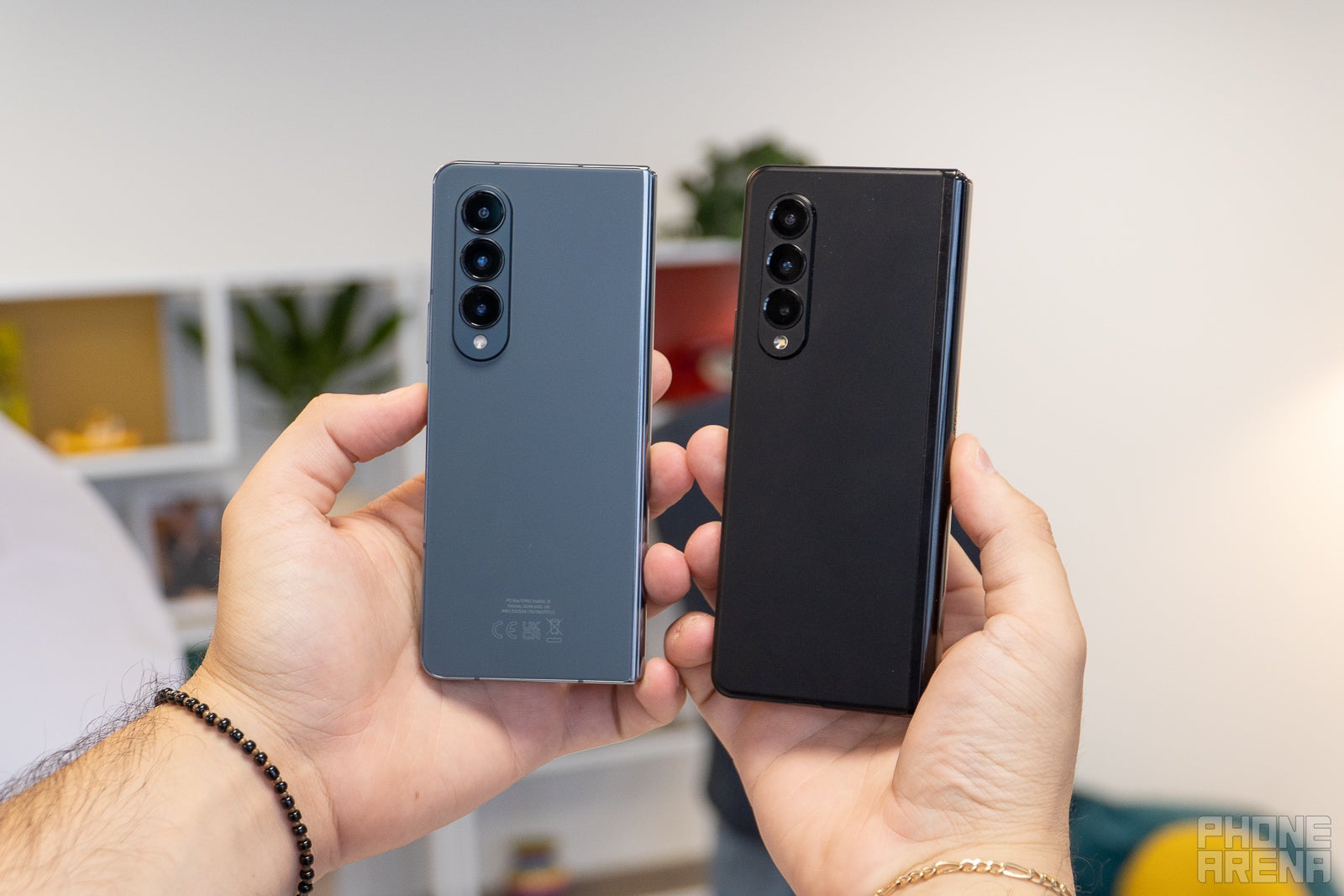
(Image credit - PhoneArena) Longer zoom
From the back, the Fold 4 is hard to tell apart from the previous generation as both use the same pill-shaped triple camera.
The new edition Fold has a larger, 50MP sensor for the main camera, compared to the 12MP one used on the previous model, and this should help with both detail and low-light performance. Additionally, you get a 3X telephoto lens, an upgrade from the 2X zoom used before. This translates into up to 30X digital zoom vs the 20X you used to get on the previous model.
As usual, though, it's not all about the hardware, and it is the software algorithms that keep on improving and that will get you better photos and videos in real life.
As you can see, the Fold 4 now comes with a main camera with a wider lens and photos turn out less contrasty and with more pleasing, softer detail.
The processing with the ultra-wide camera has also evolved and you can notice the improved dynamic range as the highlights are not burned out on the newer Fold 4.
The Fold 4 also captures much cleaner zoomed shots thanks to the new 3X telephoto camera (the Flip 3 has a 2X tele camera). The Fold 4 can zoom digitally up to 30X, while the Fold 3 maxes out at 10X digital zoom, and the difference is quite striking at 10X.
Both phones do a great job separating the subject from the background in portrait mode, but the color science of the Fold 4 is improved and you can see the true color of greenery in the first shot. Having 3X zoom allows you to capture close-up portraits, while the previous-gen Fold captures 2X portrait photos.
The Fold 4 also has two selfie cameras, which is the same approach as the previous generation. You have a traditional punch-hole camera on the Cover screen, while the big screen actually has one of those newer cameras that are hidden under the screen. On the last year Flip 3 model, the area around that under-display appeared pixelized and it kind of ruined the effect a bit. This newer edition hides the under-screen camera better, but it's still not totally invisible.
The front camera located on the Cover screen that you will probably use for most selfies has gotten a bit wider which is useful for group shots. The under cover camera is a major downgrade in quality over the traditional camera on the smaller cover screen, even if it has improved slightly from the previous generation.

When it comes to video quality, the Fold 4 brings a wider field of view from the main camera, but otherwise colors and detail are similarly good during the day. The bigger difference comes when you zoom in 3X or further where footage from the Fold 4 appears far better stabilized and is a big upgrade over the predecessor.

Curious about that under display camera and what's the quality it produces when recording videos? Well, it might have improved a tiny bit, but honestly, you should just use the regular camera on the Cover Screen. The under display captures only 1080p video and detail is lacking, it looks like a recording out of a smartphone released 10 or 20 years ago, while the regular camera on the cover screen captures 4K video and looks way sharper.
Audio Quality and Haptics
The Fold series have always had some of the most impressive loudspeakers on a smartphone, probably because of the larger form factor that allows the speakers more space to shine. We are yet to test the Fold 4, but chances are its speakers will not disappoint either.
Neither the Fold 4, nor the Fold 3 have a headphone jack, but that is hardly surprising these days.
As for haptics, it seems that both phones are very similar with a nice and tight vibration motor that we find helpful with pacing when you type.
Battery Life and Charging
Same sized battery on both
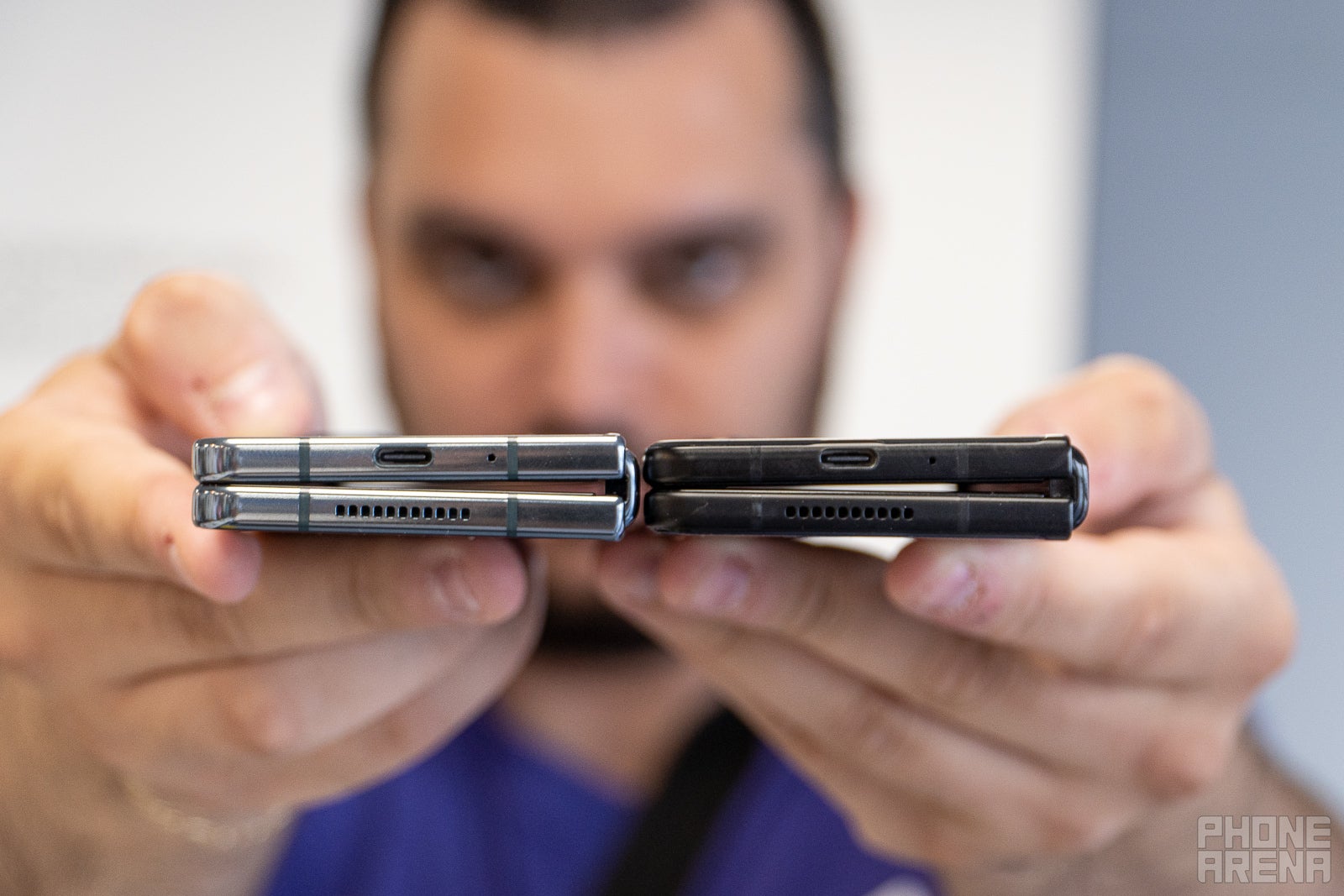
(Image credit - PhoneArena) No major changes to the battery
One thing that has not changed in the Fold 4 is battery size as the phone will have the same 4,400mAh cell as the last year's version. This worked out just fine in our experience, so we can’t say we are disappointed.
PhoneArena Battery Test Results:
What is a bit sad is that charging speeds on the Fold 4 remain limited to 25W, which seems kind of slow considering that we see 100W and faster charging on phones by other brands. Samsung promises that you can get 50% of your battery back in 30 minutes, which is about the same as the Fold 3.
Wireless charging is available on both Fold models, but at 10W, slightly slower compared to the 15W top up speeds on the Galaxy S family.
Specs Comparison
And here is a quick overview of the specs on these two powerful foldable phones:
| Specs | Fold 4 | Fold 3 |
|---|---|---|
| Dimensions | 130.1 x 155.1 x 6.3mm (unfolded) 67.1 x 155.1 x 15.8mm(Hinge) ~ 14.2mm (sagging) | 128.1 x 158.2 x 6.4 mm (unfolded) 67.1 x 158.2 x 14.4 mm |
| Weight | 263g | 271g |
| Screen | 6.2" Cover, 2316 x 904 pixels, 23.1:9 ratio, 48-120Hz Adaptive 7.6" main, 2176 x 1812 pixels, 21.6:18 ratio, 1-120Hz Adaptive S Pen support Gorilla Glass Victus | 6.2" Cover, 2268 x 832 pixels, 24.5:9 ratio, 48-120Hz Adaptive 7.6" main, 2208 x 1768 pixels, 22.5:18 ratio, 10-120Hz Adaptive S Pen support Gorilla Glass Victus |
| Processor | Snapdragon 8+ Gen 1 | Snapdragon 888 |
| Software at launch | Android 12L with One UI 4.1.1 4 years of OS upgrades | Android 11 4 years of OS upgrades |
| RAM and Storage | 12/256GB 12/512GB 12/1TB LPDDR5 RAM, UFS 3.1 storage | 12/256GB 12/512GB LPDDR5 RAM, UFS 3.1 storage |
| Rear Cameras | 50MP wide, f/1.8 12MP ultra-wide, f/2.2 10MP 3X zoom, f/2.4 | 12MP wide, f/1.8 12MP ultra-wide, f/2.2 12MP 2X zoom, f/2.4 |
| Front Cameras | 10MP (Cover Screen), f/2.2 4MP (2nd Gen UD camera, main screen) | 10MP (Cover Screen), f/2.2 4MP (UD camera, main screen) |
| Battery Size | 4,400 mAh | 4,400 mAh |
| Charging Speeds | 25W wired, 10W wireless | 25W wired, 10W wireless |
| Price | from $1,800 | starting price was $1,800, but discount are available |
Apart from the changes in the form factor and the faster processor, the big news has got to be around the pricing. This is a premium phone that costs a small fortune.
Summary and Final Verdict
At the end of the day, the Fold 4 brings a welcome and needed refresh to the form factor. It's a more refined device, with a more powerful processor which helps with multitasking and a camera that has improved too.
But is that enough to convince Fold 3 users to upgrade? The answer is probably a "no", unless you get a really sweet trade-in deal.
We appreciate the improvements in the Fold 4, but we don't think they are big enough to warrant an immediate upgrade.
Of course, if money is no issue, go ahead and upgrade. You will get not only a better version of the Fold idea, but the best foldable smartphone on the market. And for those considering to enter the foldable market, the Fold 4 will be their best entry point.
Follow us on Google News


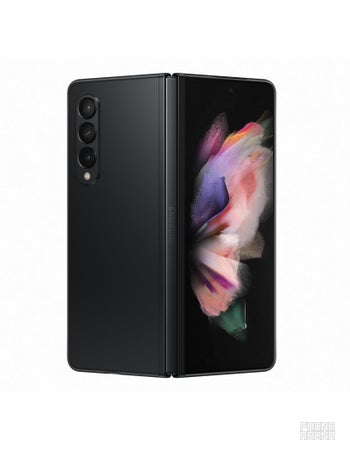








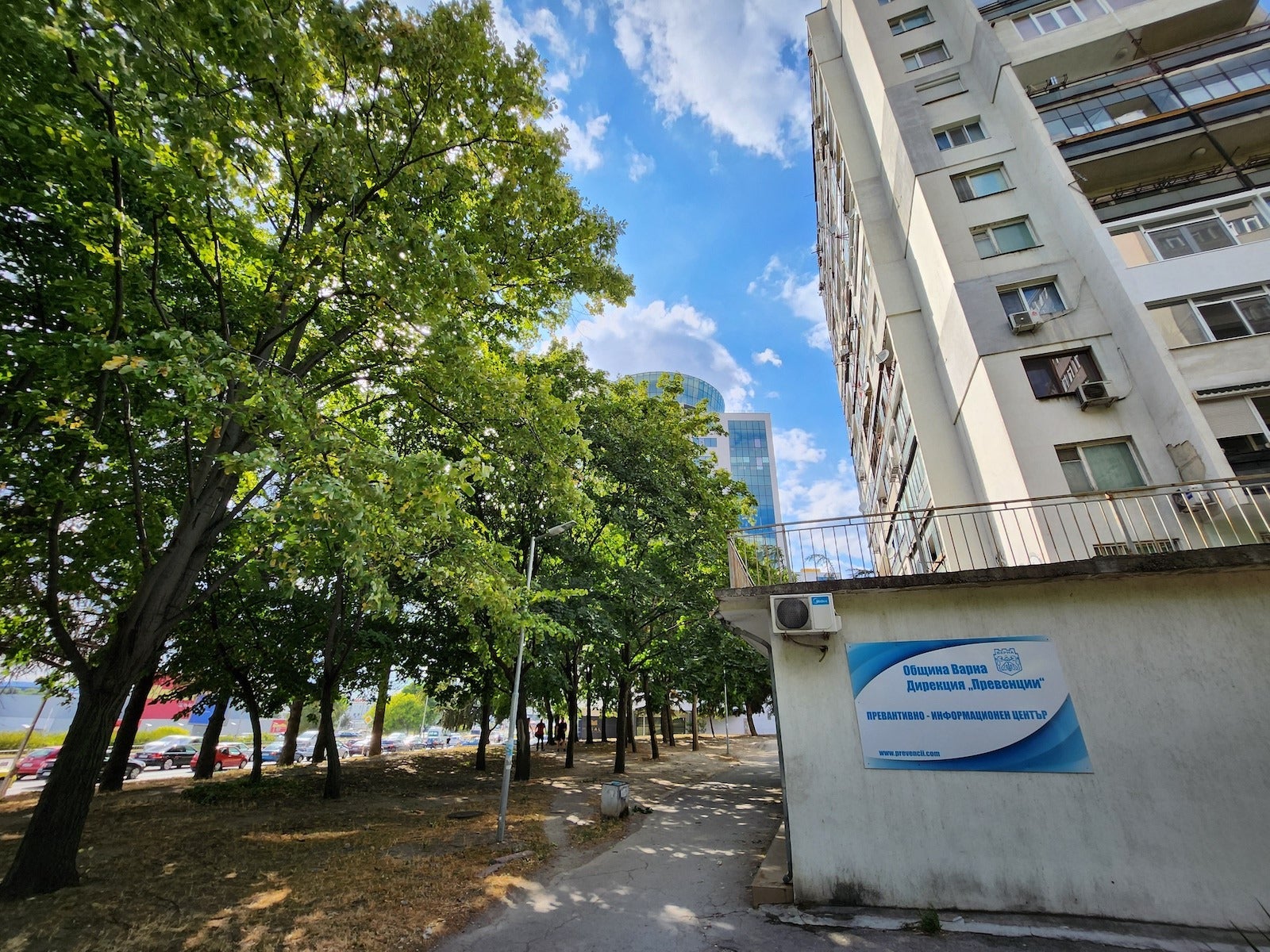
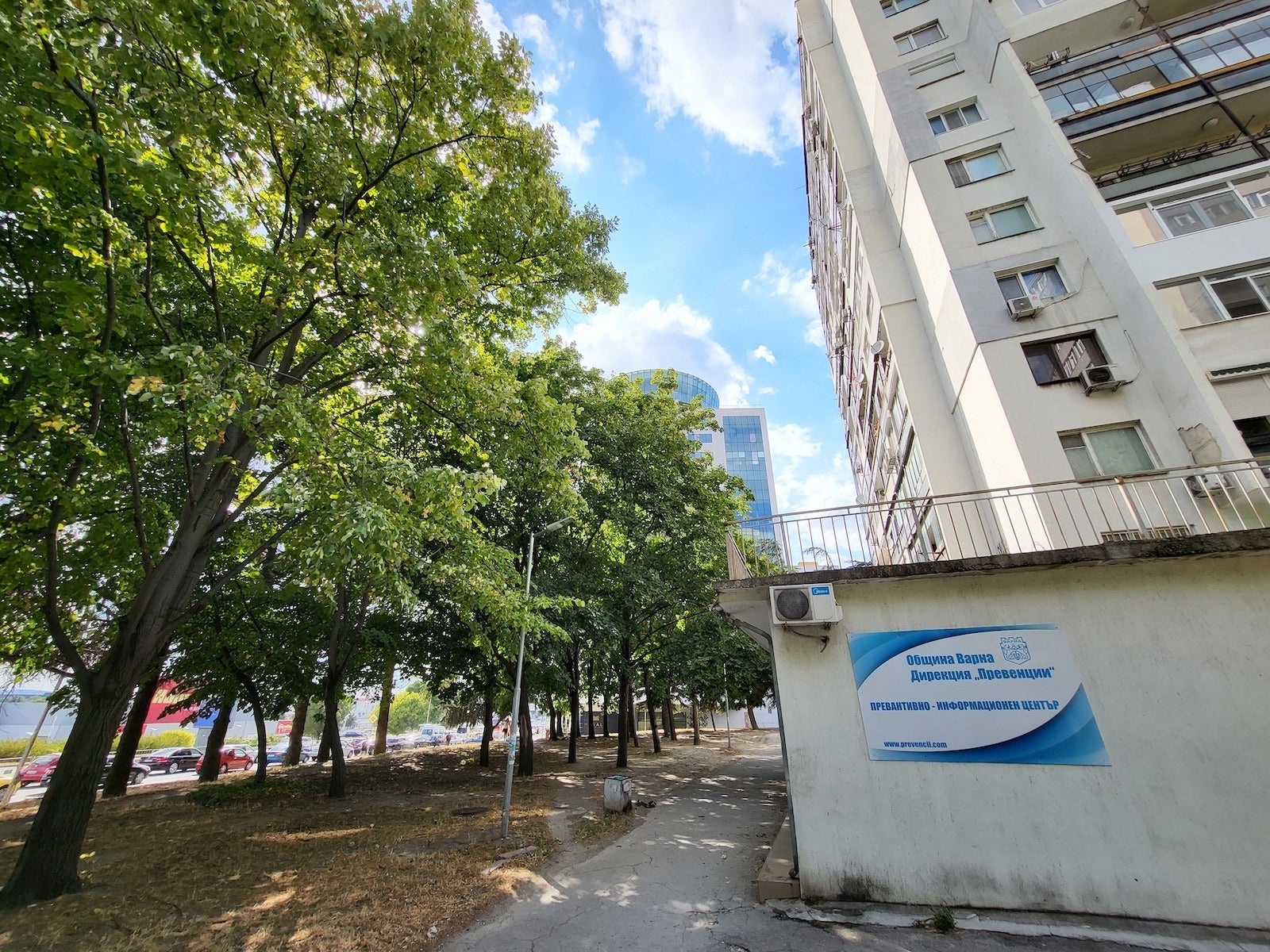




















Things that are NOT allowed:
To help keep our community safe and free from spam, we apply temporary limits to newly created accounts: